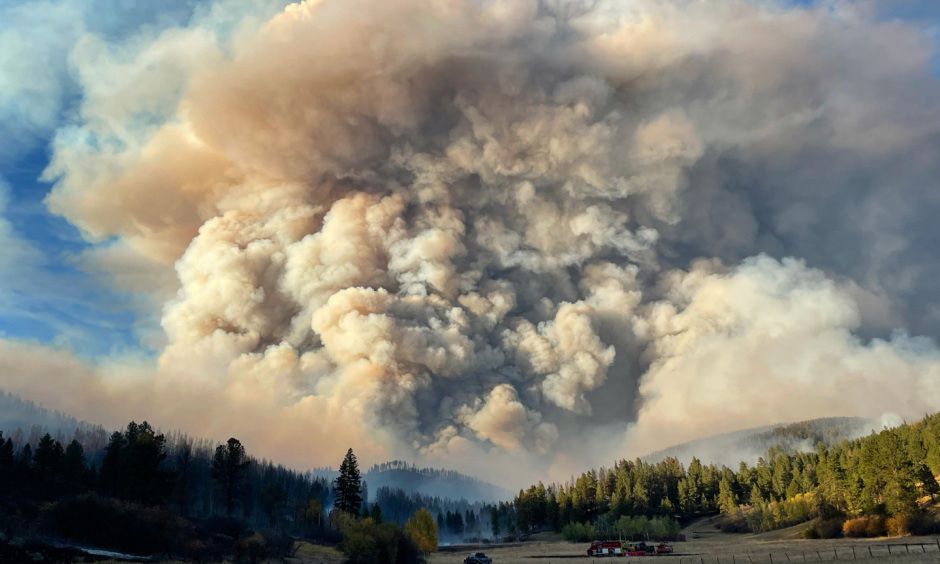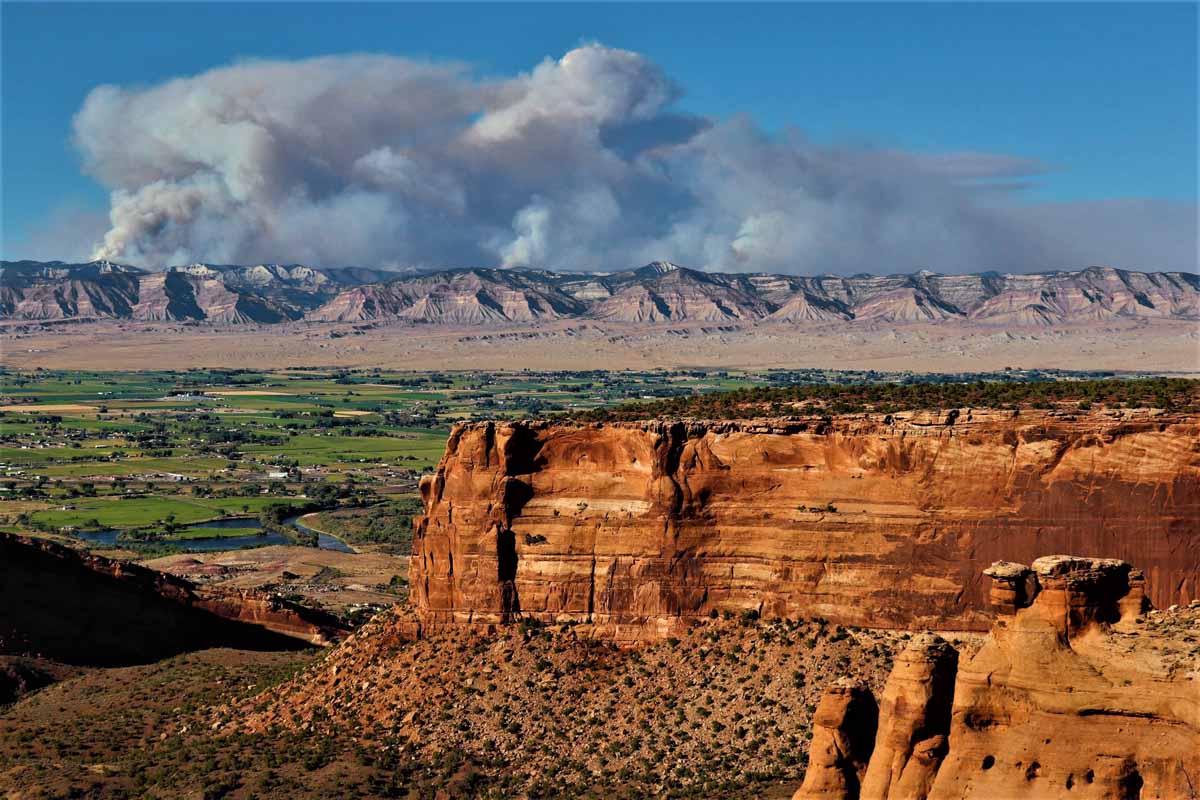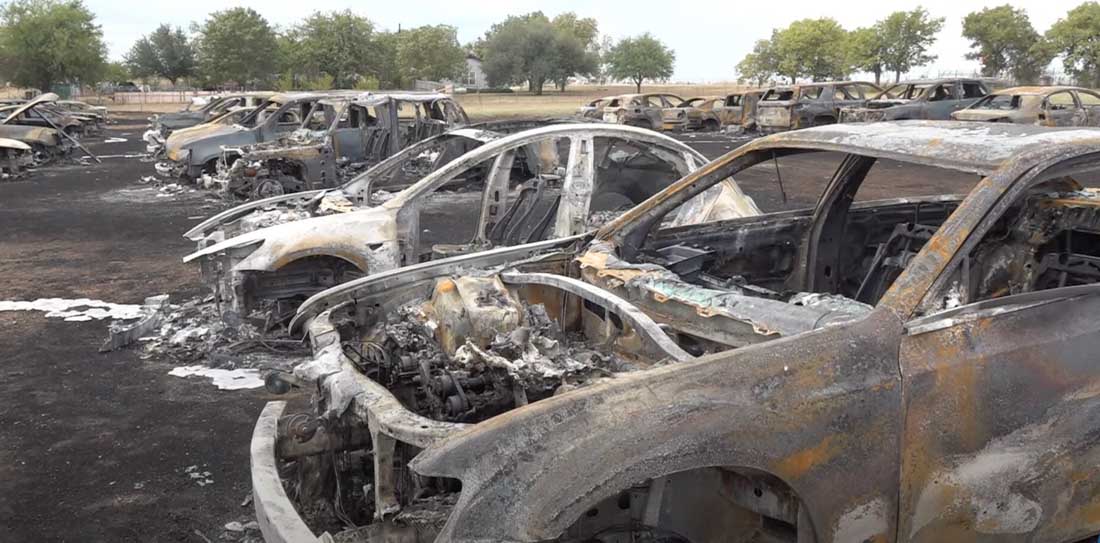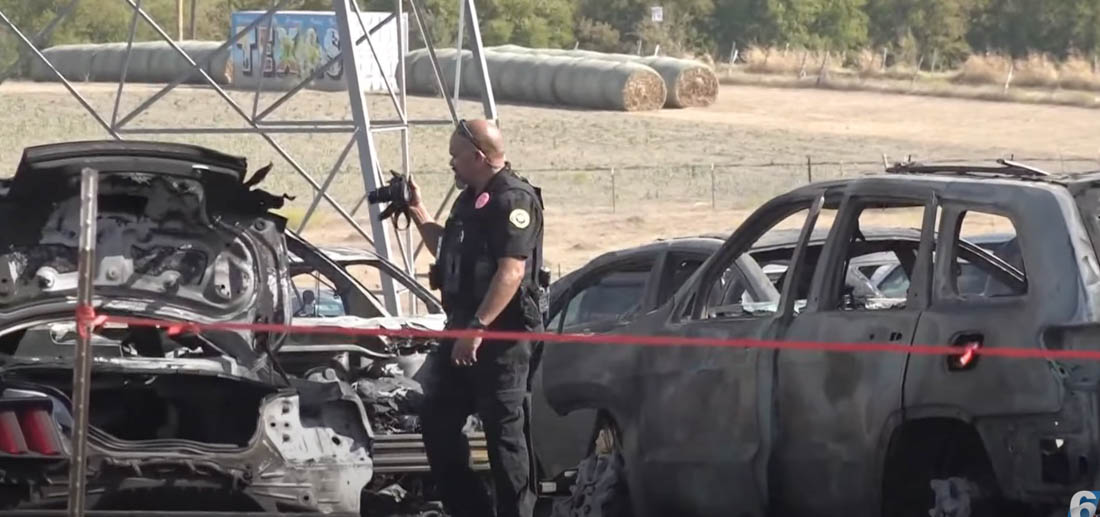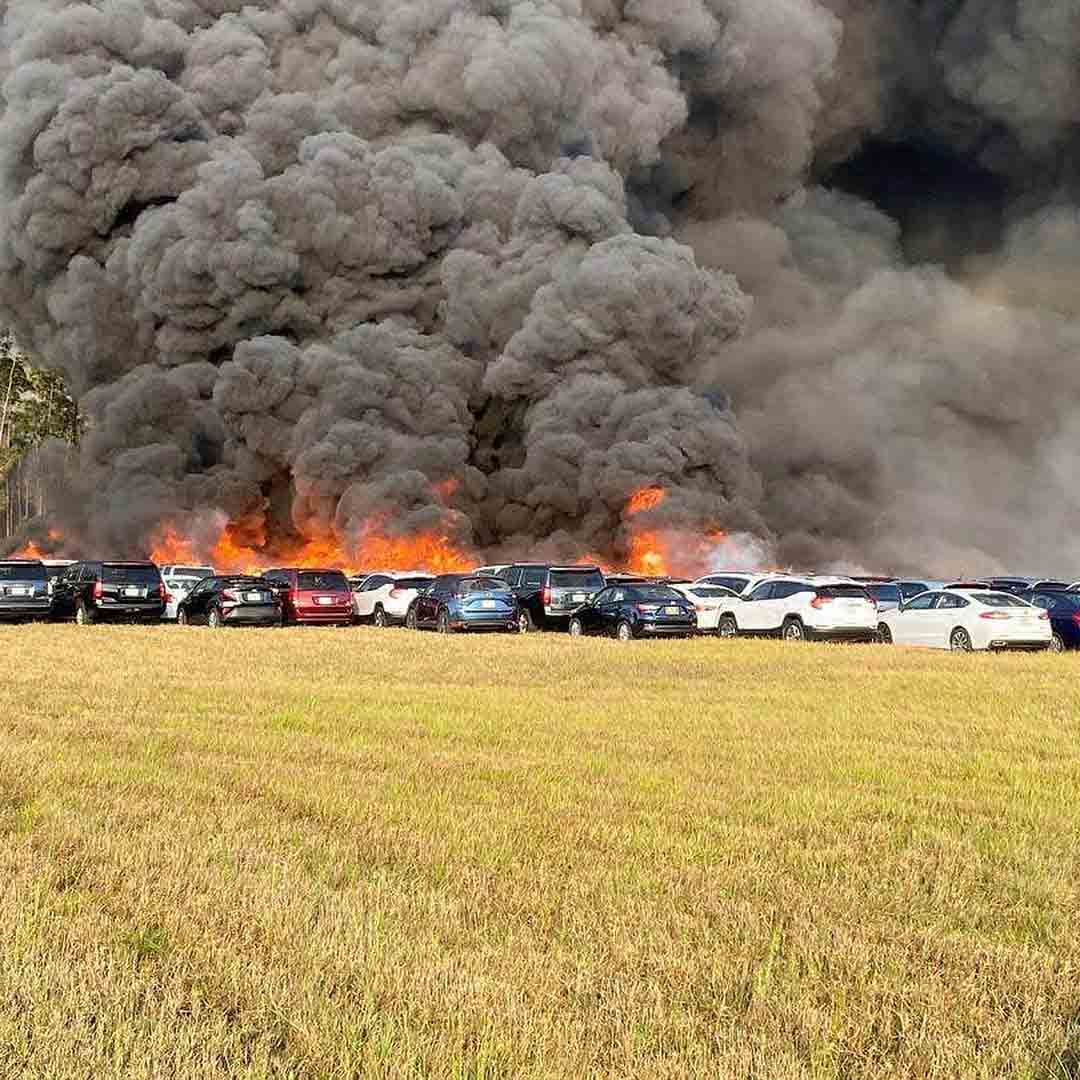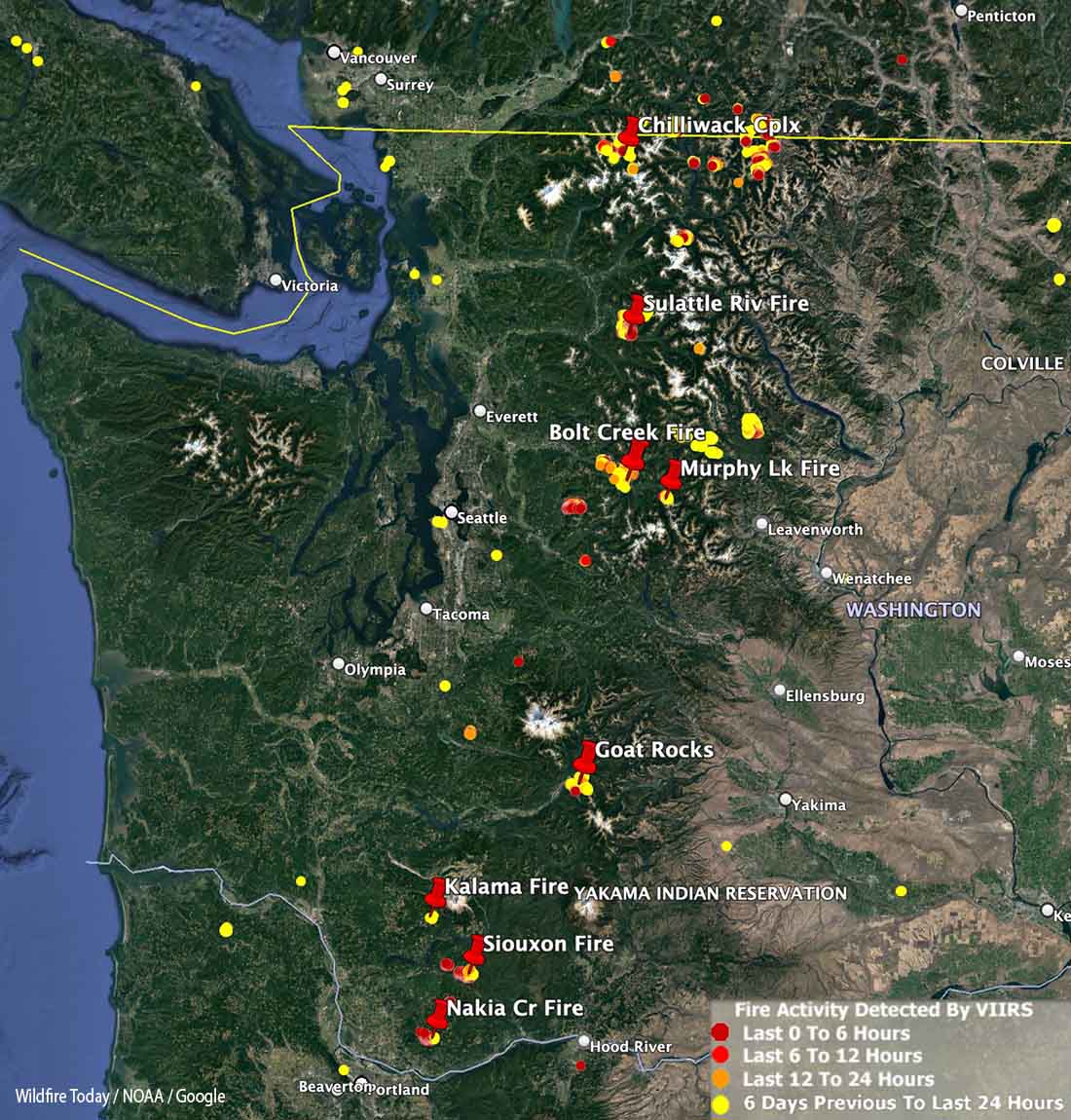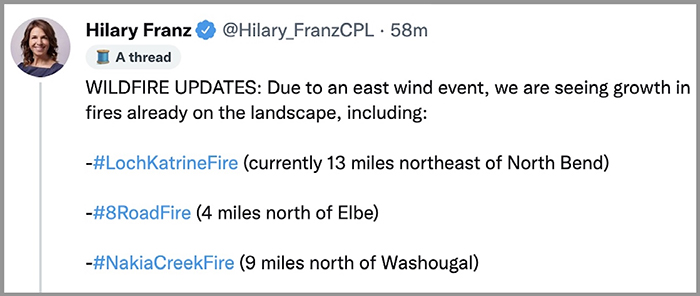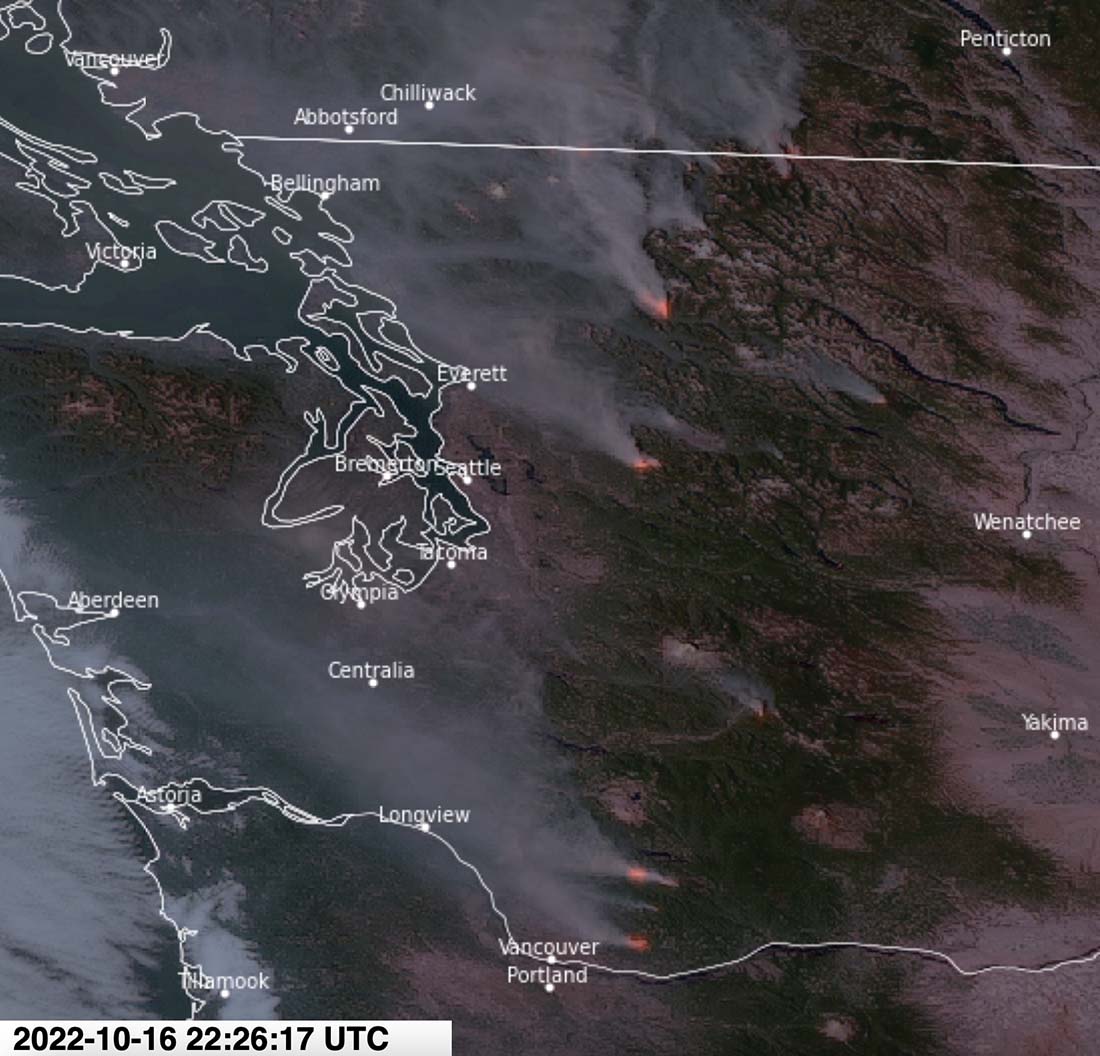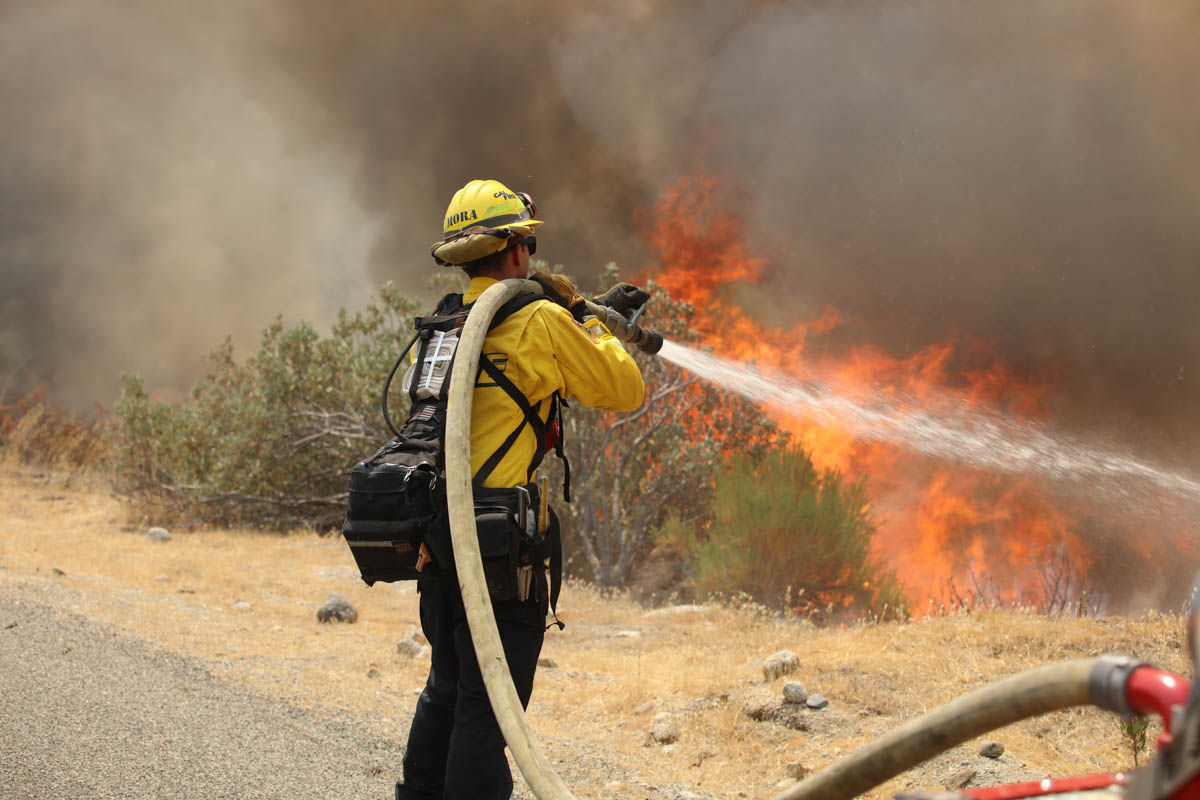Updated at 8 a.m. PDT Oct. 22, 2022
Late Friday afternoon Chief of the Forest Service Randy Moore sent an email to all Forest Service employees regarding the Wednesday October 19 arrest of a Burn Boss while conducting a prescribed fire that slopped over the Forest boundary, burning approximately 18 acres of private land.
“This week, there was an incident in the Pacific Northwest Region where a Forest Service Burn Boss was arrested while leading a prescribed fire that crossed over onto private lands,” the email read in part. “They were engaging in appropriate, coordinated, and vital prescribed fire work alongside state and other colleagues approved and supported by the Agency Administrator. In my opinion, this arrest was highly inappropriate under these circumstances, and I will not stand idly by without fully defending the Burn Boss and all employees carrying out their official duties as federal employees.
“This employee should not have been singled out, and we are working to address these unfortunate circumstances on their behalf,” Chief Moore continued. “This also prompted me to want to reach out to all of you and remind you of how important you are to the success of the Forest Service. You will always have my support and the same from your regional and local leadership. I will aggressively engage to ensure our important work across the country is allowed to move forward unhampered as you carry out duties in your official capacity.”
The arrest of the Forest Service Burn Boss while conducting a prescribed fire has been picked up by numerous news organizations, including Washington Post, Guardian, NBC News, ABC news, and Reuters.
To our knowledge this is the first time a federal government firefighter has been arrested at a fire for conducting their assigned duties.
Updated at 12:20 p.m. PDT Oct. 21, 2022
Friday morning the Regional Forester of the Forest Service’s Pacific Northwest Region, Glenn Casamassa, sent the following email message to all USFS employees in the Region. (We removed the email addresses)
From: Casamassa, Glenn -FS
Sent: Friday, October 21, 2022 11:07 AM
To: FS-pdl R6 ALL EMPS All Regional Emps
Subject: Support for Malheur Starr Prescribed Burn Boss and crew
To all Region 6 employees,
Many of you have probably seen the news and social media coverage about one of our employees arrested for leading a prescribed fire that slopped over onto private lands. There’s a lot of context and additional information about this incident that would be inappropriate to share publicly at this time, but none of that information revolves around the work conducted during the prescribed burn, the professionalism of our employees, partners, and contractors, or how the burn sloped over onto private land.
While I can’t go into specifics around the arrest of the burn boss, I want each of you to know that all times he, and the entire team that engaged on the Starr prescribed fire, had, and continues to have, our full support.
Communication and coordination between all levels of the Forest Service and the department were effectively in place within hours of this incident. This included local, regional, and national level leadership, Fire and Aviation Management leaders, legal counsel, and law enforcement – which reflects our commitment to this important work and our promise to share in the accountability for any and all outcomes.
I spoke with the Burn Boss last night and expressed my support for him and the actions he took in leading the prescribed burn. In addition, I let him know it’s my expectation that the Forest Service will continue to support him throughout any legal actions.
No one person or crew is in this work on their own. I need you to know that I am with you now and into the future, whatever that future may look like.
I trust and respect our firefighters and employees who carry out the complex and dynamic mission of applying fire treatments to the landscape. They are well-trained, well-informed, and well-equipped for the mission.
Prescribed fire is critical to our responsibility to improve the health of our natural landscapes and the safety of our communities, and we are committed to continuing this work together. Thank you all for staying the course.
Updated 11:50 a.m. PDT Oct. 21, 2022
Grant County District Attorney Jim Carpenter identified the US Forest Service Fire Boss arrested as Rick Snodgrass after the Star 6 prescribed fire burned an unintended 18 to 20 acres of private land near the Malheur National Forest in Oregon.
“This case will be evaluated once the investigation is complete, and if appropriate, Snodgrass will formally be charged,” said Mr. Carpenter in a written statement. “These cases rarely have a bright line and involve a number of variables to be considered. However, to be clear, the employer and/or position of Snodgrass will not protect him if it is determined that he acted recklessly. That the USFS was engaging in a prescribed burn may actually raise, rather than lower the standard to which Snodgrass will be held.”
Updated 8 p.m. PDT Oct. 20, 2022
Grant County Sheriff Todd McKinley told Wildfire Today that when the Malheur National Forest’s Star 6 prescribed fire escaped control and spread onto the privately owned Holliday Ranch the ranch employees “were actually out helping them try to catch the fire and prevent it from doing more damage”, but at the same time some of them were “highly upset.”
Sheriff McKinley said the US Forest Service Burn Boss who was arrested and charged with Reckless Burning did not have to post bail, but met the criteria for “conditional release.” The Sheriff said Forest Supervisor Craig Trulock was at the Sheriff’s Office.
We asked the Sheriff about the report that the arrest was made to de-escalate a tense situation going on with armed private landowners.
“They may have been armed,” he said, “but we are not aware of that. There were definitely some landowners that were highly upset.”
“Determining the rest, honestly, Bill, is getting to the bottom of why they were even burning to begin with and why they chose to burn at that time,” the Sheriff said when we asked about the next step. “You know, there’s a lot more to this. Everybody knew it was a bad burn, should not be happening. Even the fire staff out there, there are fire personnel that were on scene that are afraid to say much because, you know, their jobs. It was not the right time to burn and there may have even been means taken to get that burn done that were outside the scope. That’s kind of where it’s at. You know, it’s a really tenuous situation and more details will come out.”
“The Forest Service employee referenced in the recent reporting was conducting an approved prescribed fire operation on the Malheur National Forest,” the Public Affairs Officer for the Forest, Mary Hamisevicz, wrote in a text message. “It would be inappropriate for us to provide further comment as this is a legal matter.”
The weather recorded at the EW3547 Seneca weather station at 2 p.m. on October 19 was 73 degrees, 16 percent relative humidity, and mostly calm winds that occasionally gusted to 3 mph.
Originally published at 12:19 p.m. PDT October 20, 2022
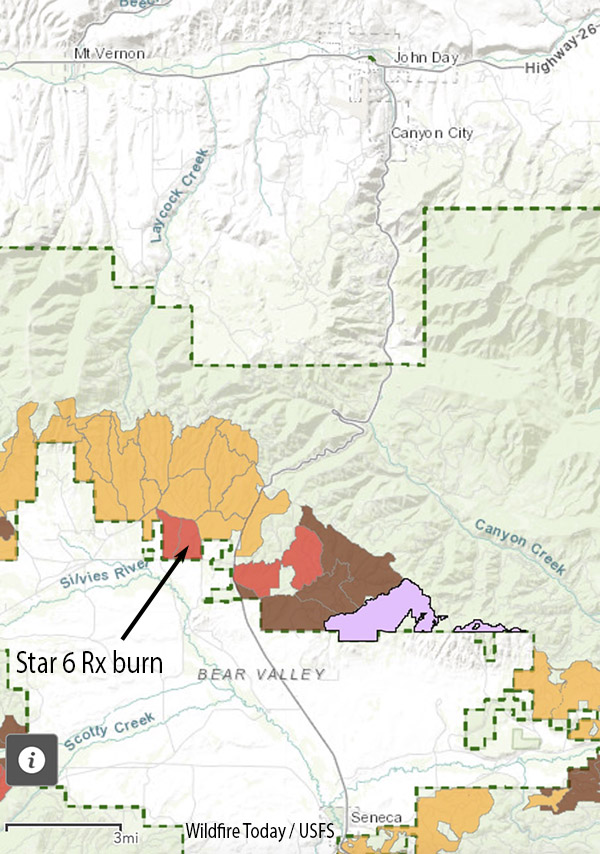
A US Forest Service employee serving as the Burn Boss on a prescribed fire was arrested Wednesday October 19 after the fire escaped and burned approximately 18 acres of private land.
The project was on the Malheur National Forest at mile post two on the Izee Highway between John Day and Seneca, Oregon.
Grant County Sheriff Todd McKinley issued a statement Thursday saying the escaped fire burned lands belonging to the Holliday Ranches on the “hot afternoon of October 19, 2022.”
The statement read in part:
The Grant County Sheriff’s Office arrested a 39-year-old Forest Service employee for Reckless Burning, and transported him to the Grant County Jail. The employee was assigned as the fire’s “burn boss.”
The Sheriff’s office said they are working with the Forest Service to determine the events that led to the escaped fire.
The Star 6 prescribed fire was intended to burn 362 acres. The US Forest Service said on Twitter the escape was caught within an hour at 18 acres, but failed to mention that the Burn Boss was arrested. The Sheriff said it burned approximately 20 acres.
Phone calls to Forest Supervisor Craig Trulock and Blue Mountain District Ranger Sally Christenson were not immediately returned.
This is the first time to this author’s knowledge that a Federal Burn Boss has been arrested for an escaped prescribed fire.
After the 2001 Thirtymile Fire, a Crew Boss was charged with 11 felonies related to the entrapment and burnover deaths of four firefighters who were on his hand crew. He was facing the possibility of decades in prison, but the Assistant U. S. Attorney, perhaps realizing he did not have a winnable case, allowed him to plead guilty to two misdemeanors of making a false statement in an Administrative hearing. Seven years after the fire, he was sentenced to three months of incarceration in a work-release program and three years of probation.

